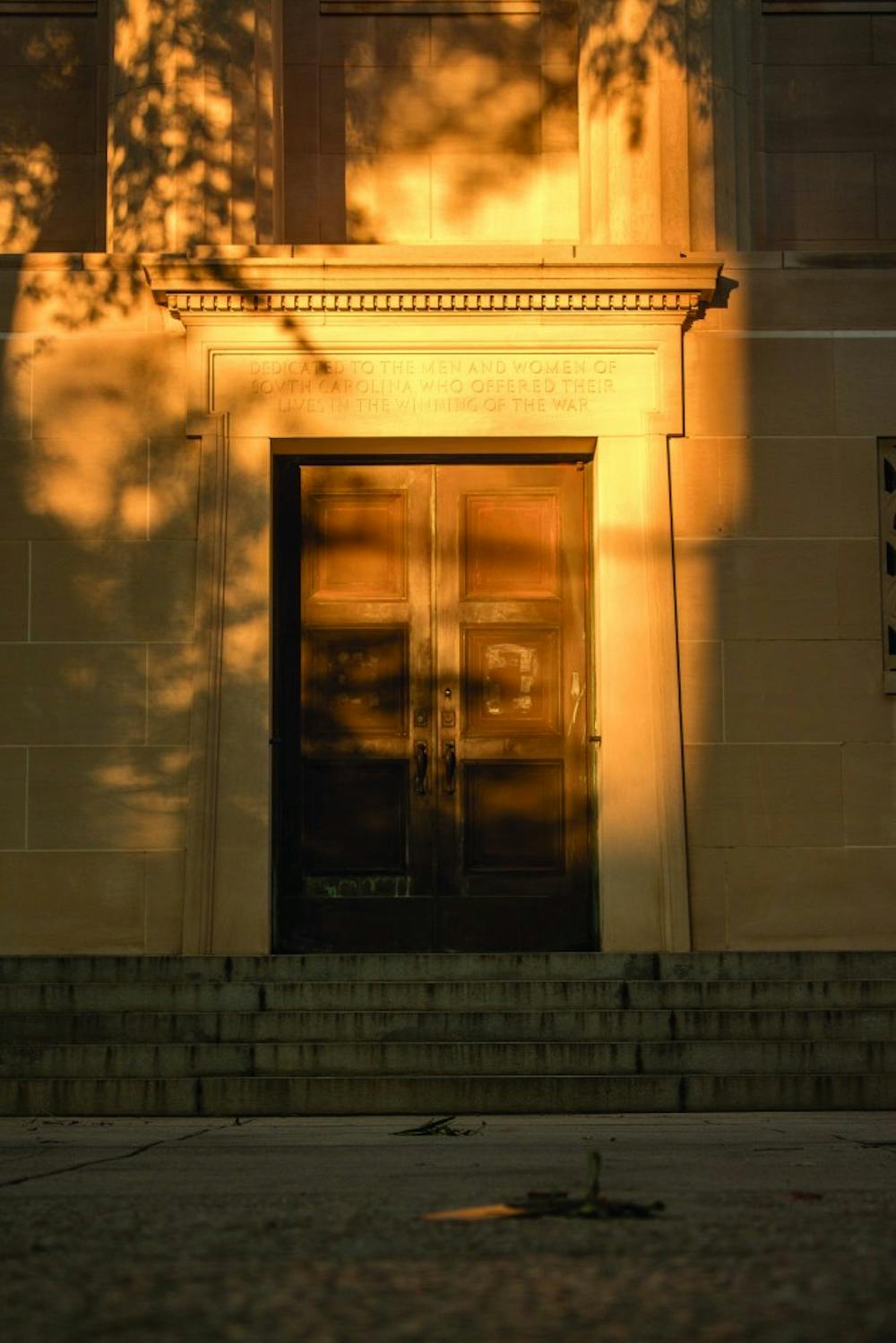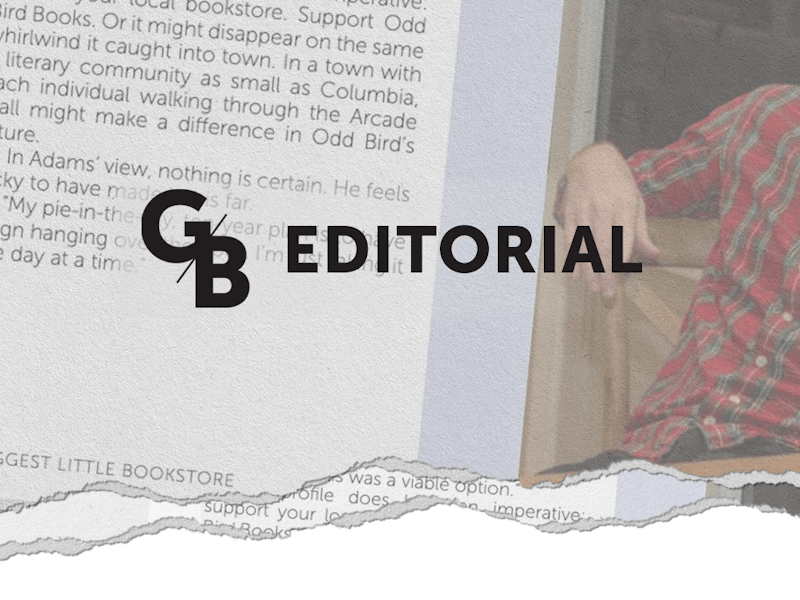While it may lack as compelling a cast of heroes and villains as World War II, World War I shook the world in a way no conflict ever has in the course of human history. It took place at a turning point, at a moment where there were people still riding into battle with swords on horseback while at the same time, the first ever tanks rolled out of factories. Before then, war was quite different. Armies were small. Costs were low. No one could have predicted automatic weaponry. Dynamite. Mustard gas. Grenades and mines and missiles. No one could have foreseen the possibility of the loss of millions.
Even though the United States entered the war late, it made tensions high everywhere, and nowhere was that more clear than in South Carolina. It was massively unpopular. The South as a region was still hurting from the Civil War, which ended only a few decades prior. You also had a high population of German immigrants in South Carolina who were against going to war with their home country and a large concentration of Irish who opposed anything that helped the British. They, along with the rest of the country, were forced to swallow their reservations when Congress voted to enter the war in 1917.
Despite the war’s unpopularity in the state, 300,000 South Carolinians signed up for the draft. Around 52,000 were actually chosen. Eight of them received the Medal of Honor. A little over 2,000 never came home.
The end of the Great War marked the beginning of a dark chapter in South Carolina history. The economic growth spurred by the war effort was now gone, leaving inhabitants with an early taste of what would soon swell into the Great Depression. It’s not surprising that people wanted to do something, to gift something that would provide a little light after such a mass trauma. There were people who wanted to build.
The Sumter Street War Memorial is one of the many products of that vision. It was the brainchild of Wyndham Manning, a South Carolina politician and son of the state’s wartime governor. Though the building was approved in 1919, construction plans were brought to a screeching halt by the Great Depression. It left the monument trapped in limbo. Resurrection came to the project in the form of a grant as part of President Roosevelt’s New Deal. Manning finally set the building’s cornerstone himself on Memorial Day, 1935, amid a lively ceremony of music, flags, and wreaths to honor the fallen.
The finished building now stands on the corner of Sumter and Pendleton Street. It’s built in the style of a Roman temple, all pillars and limestone masonry. Above the main door are the words “Dedicated to the men and women of South Carolina who offered their lives in the winning of the war.” Around the side of the building, more inscriptions: “ THEY STROVE THAT WAR MIGHT CEASE. THEY WERE WILLING TO DIE FOR LIBERTY AND WORLD PEACE.” It’s an ideal tribute. Something firm and timeless. Imposing but inspiring. A display of strength but also beauty.
These traits are all pretty standard for a war memorial, but what makes the Sumter Street building stands out in that it’s not actually open to the public. Though the building is meant to serve as a memorial, it’s also been a museum, an archive, and currently an office space for USC’s Department of Public Affairs.
It sounds a little strange, shoving laptops and cubicles into a building that looks like something plucked straight from the National Mall in Washington, D.C. It becomes less strange once you look around. With the university’s location nestled in the center of Columbia, space is a hard resource to come by. Options are slim. Expansion is costly and when money gets spent, it tends to go towards things like university housing or the new Russell House renovations. It puts departments like Public Affairs in a rough place and with nowhere else to go.
There have been goals to return the monument to a public space, but getting the necessary funds together has proven to be a massive challenge. The department estimates that it would need around 4.4 million dollars for all the upgrades needed to make it a viable public space. They’ve asked for it, but no help has come.
And so, like in 1919, the monument is again stuck in the in-between; fallen to the mercy of available funding, main doors shut to the people of the state it was erected to honor. But still it stands. It’s waited for a resurgence before. Maybe another will come. In the meantime, all we can do is stop and take a look.


